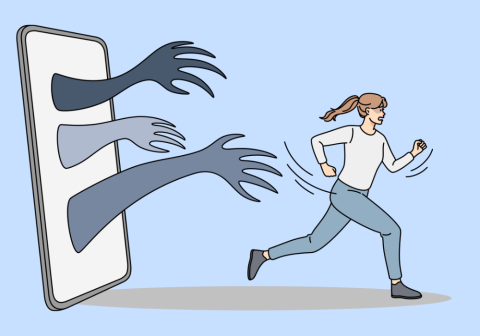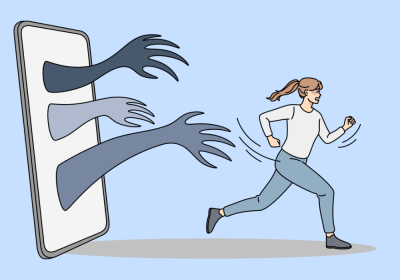People who were born in 1946-1964 are called "baby boomers" and are the largest generation in U.S. history. The majority of baby boomers are currently over 55 years old. According to the CDC, it is estimated that 20% of people age 55 years or older experience some type of mental health concern including anxiety, depression, and other co-occurring disorders3.
Depression
Older adults go through many life changes such as death of loved one, retirement and/or medical problems. Feeling sad, lonely, or stressed are normal reactions to these life events, however, for older adults who have depression may need to seek treatment. Depression in older adults may be undiagnosed or misdiagnosed because they may not exhibit obvious symptoms or may not be willing to discuss their feelings with others.
If you are an older adult, you may be at a higher risk for depression if you are:2
- a female
- have a chronic illness
- have a disability
- are lonely or socially isolated
Learn more about women and depression here.
In women in particular, the time period leading up to menopause, also known as "perimenopause" can onset or worsen depression in women due to the changes in hormones.
Read more about perimenopause and depression here.
Anxiety
Anxiety is as common among older adults as among the young. Generalized anxiety disorder (GAD) is the most common anxiety disorder among older adults, though anxiety disorders in this population are frequently associated with traumatic events such as a fall or acute illness. Read the best way to treat anxiety disorders in older adults.
The following are signs that women over 55 should be mindful of as they can indicate the onset of anxiety and depression3
Behavioral
- Avoiding objects or situations which cause anxiety
- Urges to perform certain rituals in a bid to relieve anxiety
- Not being assertive (i.e. avoiding eye contact)
- Difficulty making decisions
- Being startled easily
Feelings
- Overwhelmed
- Fear (particularly when facing certain objects, situations or events)
- Worried about physical symptoms (such as fearing there is an undiagnosed medical
- problem)
- Dread (such as fearing that something bad is going to happen)
- Constantly tense or nervous
- Uncontrollable or overwhelming panic
Physical
- Increased heart rate
- Vomiting, nausea or pain in the stomach
- Muscle tension and pain
- Feeling detached from your physical self or surroundings
- Having trouble sleeping
- Sweating, shaking
- Dizzy, lightheaded or faint
- Numbness or tingling
- Hot or cold flushes
Read more about anxiety in older adults.
ADAA Resources
Learn more in-depth about perimenopause and treatments, check out ADAA's Patient Guide to Mood and Anxiety Disorders.
Blogs
Podcasts
Other Resources
- Older Adults and Depression - NIMH
- Depression In Older Adults - Blog by Quanomedical.com
- Aging and depression - APA.org
- Elderly Anxiety Disorders - A Place for Mom
- Elderly Depression: Signs and Symptoms - A Place for Mom
- Anxiety and Older Adults: Overcoming Worry and Fear - Geriatric Mental Health Foundation















